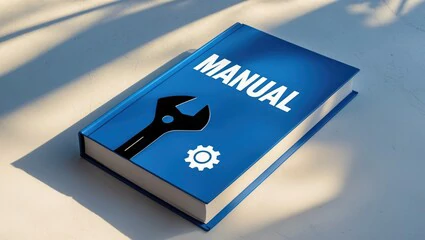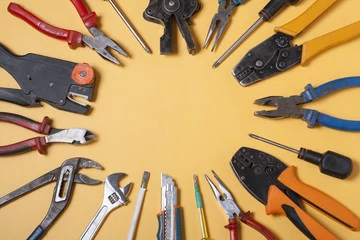Motorcycle Lithium Battery Waterproof Testing
main content
Motorcycle lithium battery waterproof testing is vital to guarantee reliable performance in wet or humid environments. While lithium batteries are generally sealed, exposure to water can still compromise their safety and longevity. Understanding standardized testing methods and practical precautions helps riders maintain optimal functionality while reducing risks of corrosion, short circuits, or failure. This guide explains key testing strategies and best practices to protect your battery from water damage.
Core Waterproof Testing Methods
1.IP Rating Validation
Verify the battery’s Ingress Protection (IP) rating, which indicates resistance to dust and moisture. For example, IP65-rated batteries are dust-tight and withstand low-pressure water jets. Check manufacturer specifications to confirm suitability for rainy or off-road conditions.
2.Immersion Simulation
Conduct controlled immersion tests by submerging the battery in clean water for 30 minutes at 1-meter depth. Monitor for leaks, voltage fluctuations, or temperature spikes. Note that prolonged submersion is unsafe, even for high-quality batteries.
3.Pressure Spray Testing
Use a pressurized water spray (e.g., 12.5 L/min at 100 kPa) to simulate heavy rain or splashing. Inspect terminals and casing for water ingress after testing.
4.Thermal Cycling with Moisture Exposure
Cycle the battery between extreme temperatures (-40°C to +75°C) while exposing it to humidity. This evaluates seal integrity under expansion/contraction stress.
Critical Precautions During Testing
Avoid Saltwater Exposure: Salt accelerates terminal corrosion and internal damage. Rinse batteries with fresh water immediately if exposed.
Inspect Seals Regularly: Check gaskets and casing edges for cracks or wear, especially after vibrations or impacts.
Use Waterproof Accessories: Install IP-rated battery monitors or voltage displays to prevent leaks through auxiliary components.
Post-Test Drying: Dry terminals thoroughly with compressed air to prevent residual moisture from causing oxidation.
Balancing Waterproofing with Performance
While waterproofing is essential, avoid over-sealing the battery. Excessively thick casings may trap heat, increasing thermal runaway risks. Similarly, poorly positioned seals can interfere with ventilation. Always test modifications under realistic conditions to ensure safety and functionality.
Post-Testing Maintenance Tips
1.Store in Dry Environments: Keep batteries in low-humidity areas when not in use.
2.Monitor Voltage Post-Exposure: Check for voltage drops or irregular readings after water contact.
3.Upgrade to Marine-Grade Batteries: For extreme conditions, consider batteries with IP67 ratings or corrosion-resistant coatings.
Conclusion
Prioritizing motorcycle lithium battery waterproof testing ensures long-term reliability and safety. Implement IP rating checks, controlled immersion tests, and routine seal inspections to mitigate water-related failures. Pair these practices with compatible accessories and smart storage habits to maximize your battery’s lifespan. By adopting these guidelines, riders can confidently navigate wet environments while maintaining peak performance.
RELATED BLOG

START-STOP LITHIUM battery
Enov start-stop battery is designed to provide excellent performance for high-demand start-stop vaehicles. It adopts the third-generation intelligent lithium platform architecture to achieve technological breakthroughs in core indicators such as cycle life, environmental adaptability and energy density. Compared with the traditional lead-acid battery system, the energy efficiency is increased by 210%, the cycle life is extended by 8-10 times, and the monthly self-discharge rate is controlled within 3%. Enov's unique low-temperature battery technology makes a breakthrough in achieving stable output in the whole climate domain from -30℃ to 65℃, maintaining more than 90% of the effective capacity release under extremely cold conditions (-30℃), and maintaining 90% of the capacity in high temperature environments (65℃).
The start-stop battery series products cover the mainstream voltage platform of 12V/24V/48V, and support flexible configuration of LFP (lithium iron phosphate) and NCM (lithium nickel cobalt manganese oxide) dual-material system. All models adopt modular design to support customization of different model specifications. Enuo engineering and technical team to provide full cycle technical service support, if you need, please contact us.
Other products
UAV BATTERY
LITHIUM ENERGY STORAGE BATTERY
QUICK INQUIRY
FAQ
Access to high frequency technical questions with one click, get accurate answers on product application, after-sales policy and customization process.
Service and Support
Get the latest product specifications, explore professional OEM/ODM customization services, click to open exclusive technical support and production solutions.
Become a Partner
We sincerely invite resources to interconnect, work together for win-win development, and immediately open a new chapter of strategic cooperation!


